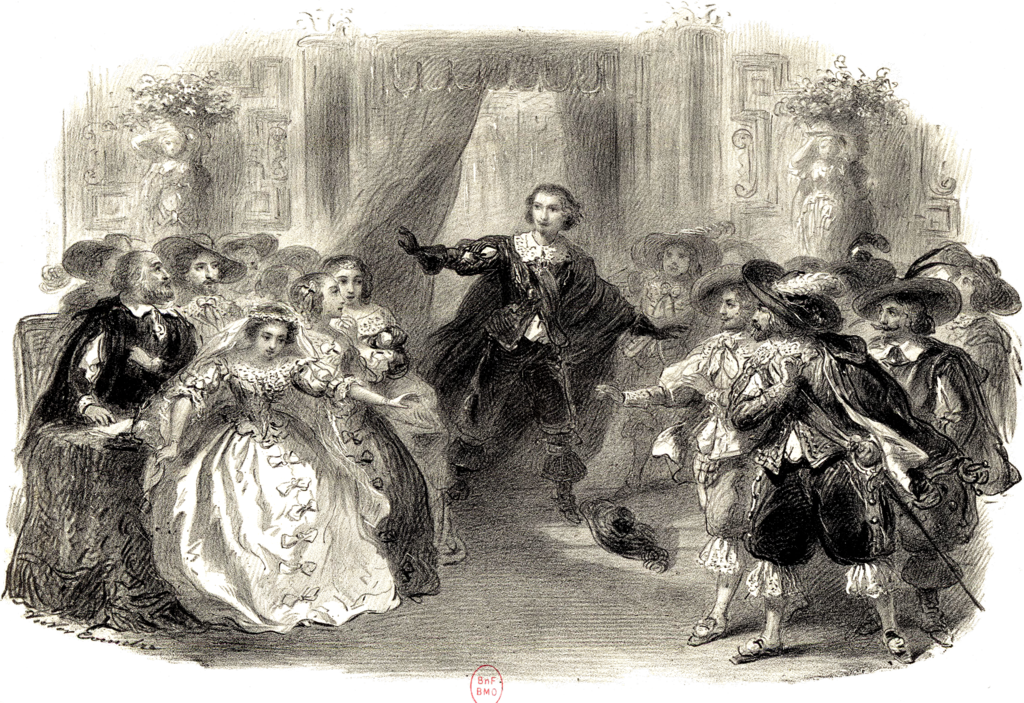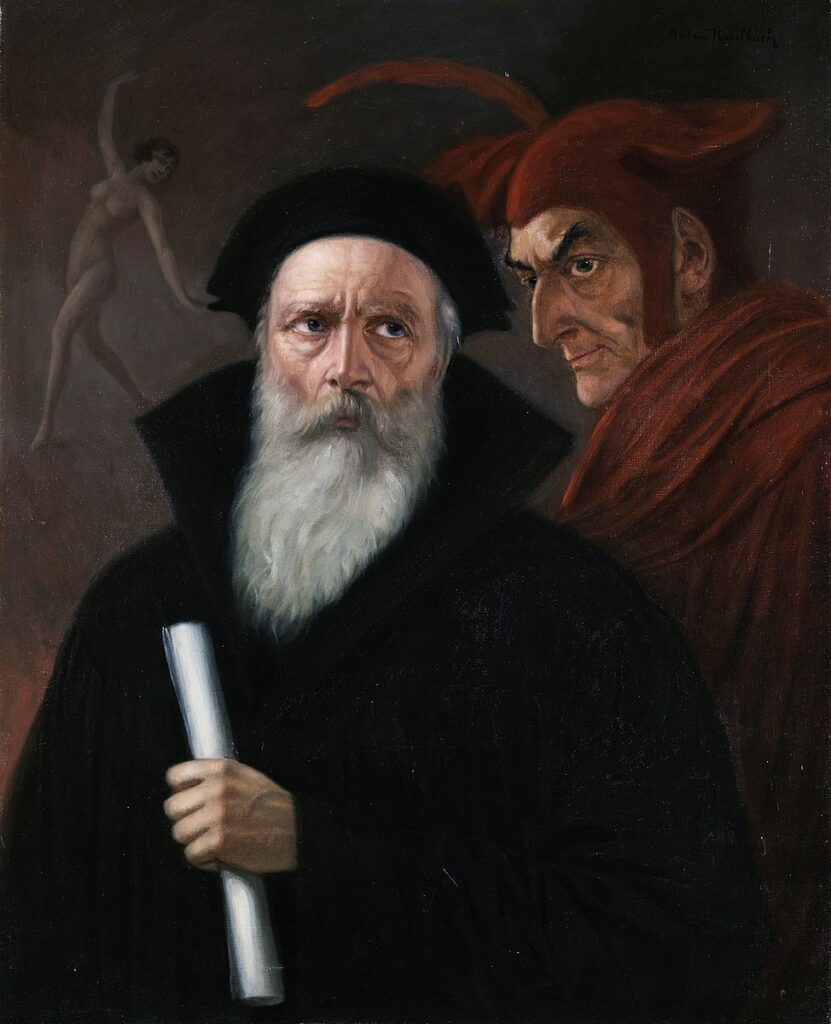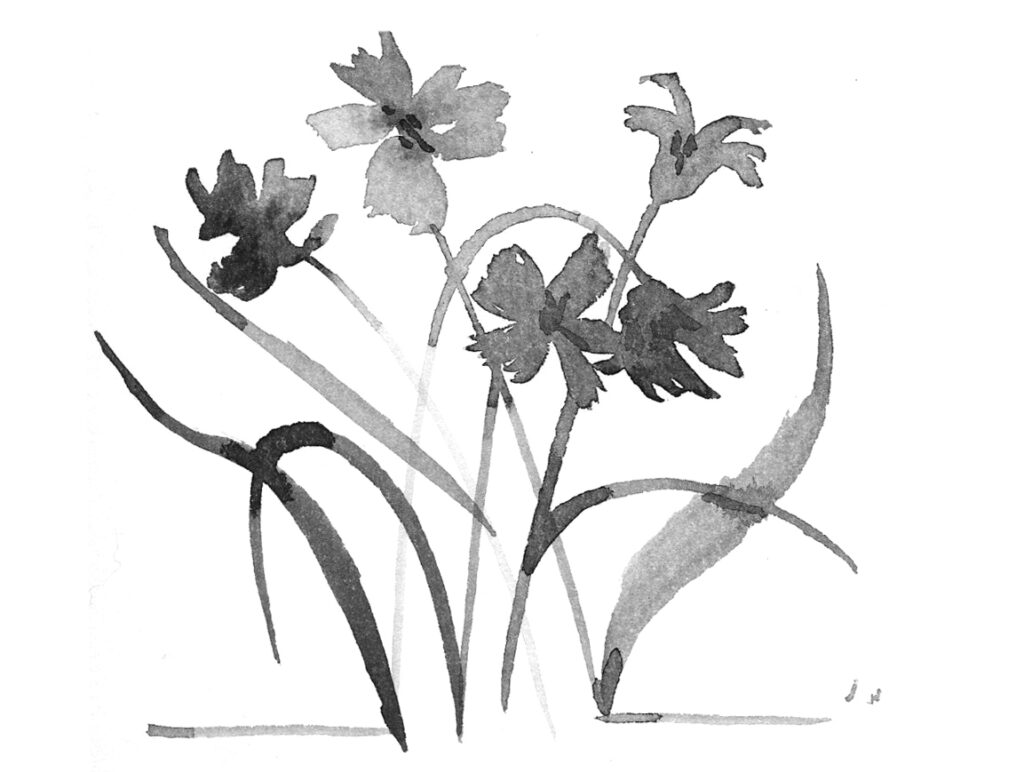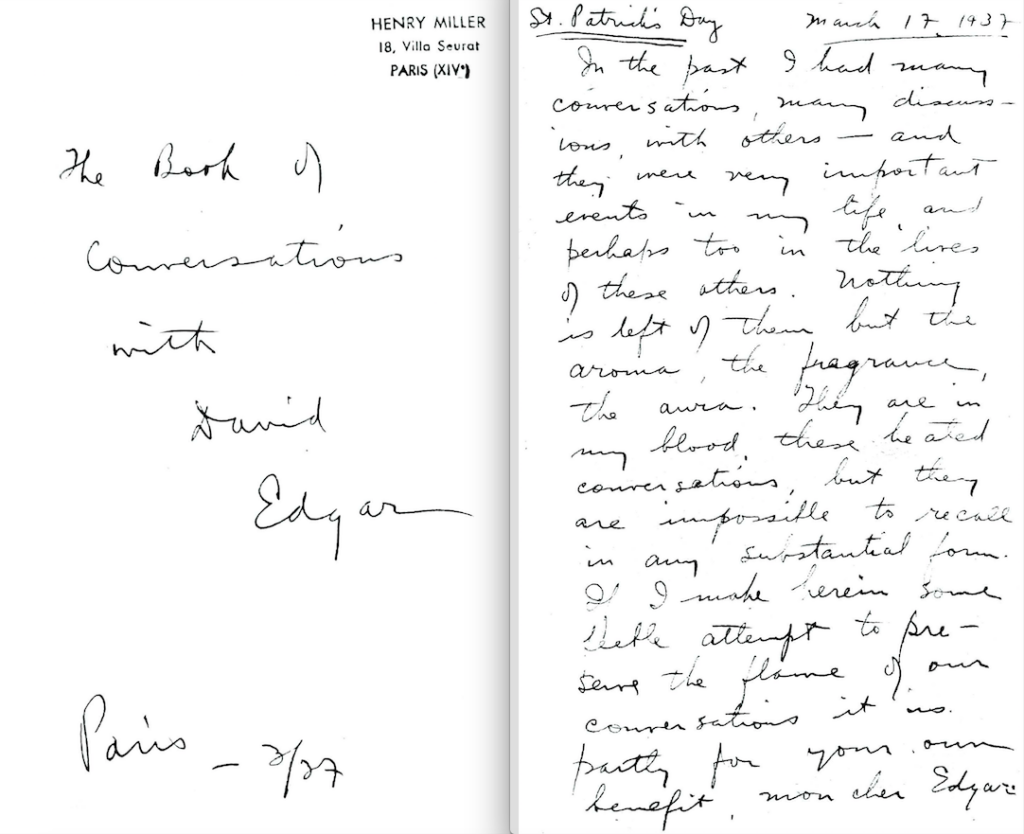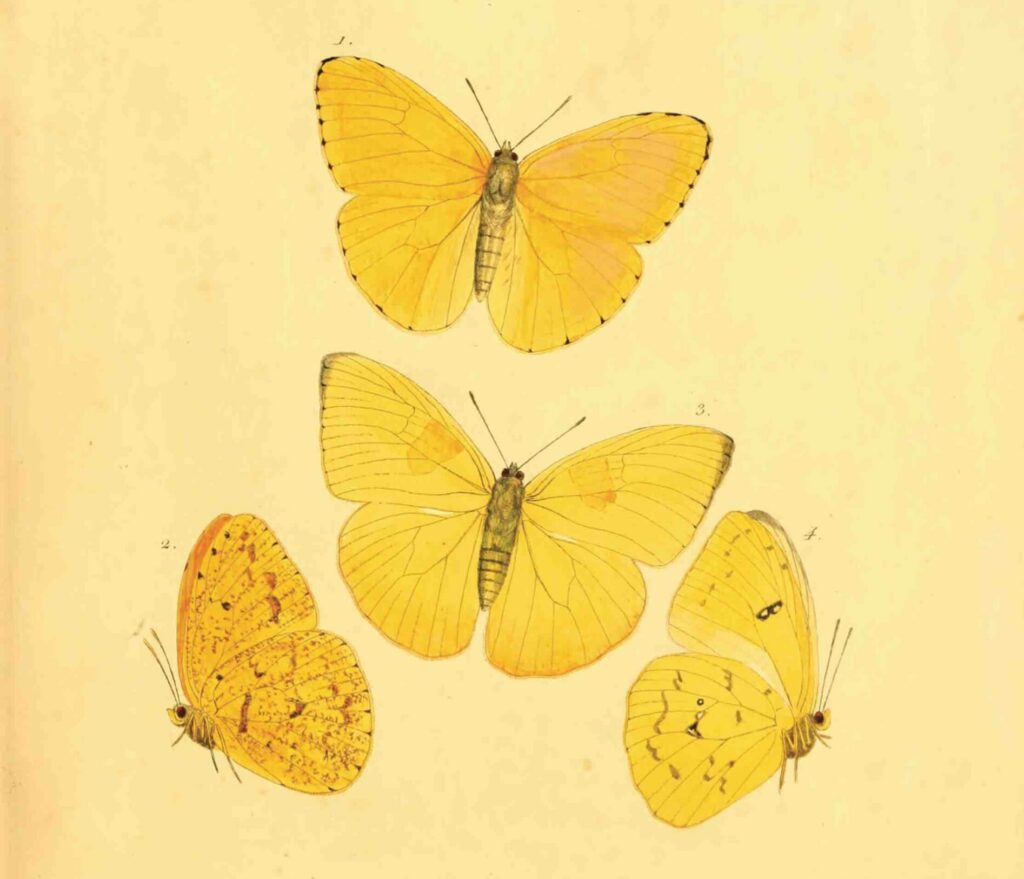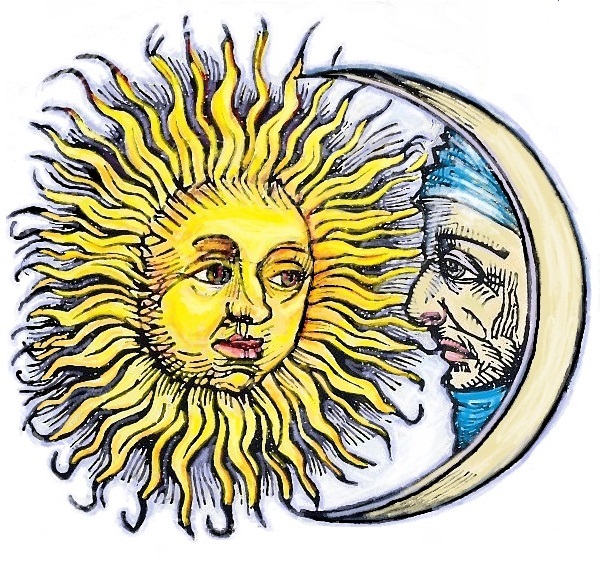Lucie de Lammermoore. Victor Coindre, Public domain, via Wikimedia Commons.
My first memory of opera is Bugs Bunny or maybe The Pink Panther Show: those Saturday-morning cartoons where the fat lady sings and shatters a glass. Much later I began to date a man who had been to hundreds of opera performances (a fact I found not only shocking but literally unbelievable) and so I went from watching no operas to almost one a month. The one I’ve enjoyed the most by far was the Met’s spring 2022 production of Gaetano Donizetti’s Lucia di Lammermoor, staged in a town in the depressed Rust Belt. I had already read about Lucia: it’s the opera that inspires Emma Bovary to cheat on her husband (again, and more dramatically). And yet I didn’t know anything about its plot, because Flaubert doesn’t describe it; the opera serves merely to connect Emma to her younger self, the pretty country girl who had had bigger dreams than a failure of a husband and a cad of an (ex-)lover. At the opera, Flaubert writes, “d’insaissibles pensées” come over her: “elusive thoughts,” uncapturable thoughts, incomprehensible thoughts. What’s coming over her is fantasy.
Nabokov said about Emma Bovary that she was the quintessential “bad reader,” the one who reads “emotionally, in a shallow juvenile manner, putting herself in this or that female character’s place”: above all, in the place of Lucia di Lammermoor, the tragic sister of a warlord, kept from the man she loves, who slaughters her husband on their wedding night in a crazed delirium and herself dies. But to read Madame Bovary as purely reprobative seems to me cold to the point of insanity; as Flaubert said, of course, “Madame Bovary, c’est moi.” We are all fantasists, incomplete and incoherent actors in search of a character, and who can blame or even fail to admire Emma: so moved by art that she too will destroy her life for a fantasy of love, and die.
And yet I myself was not at all moved by the opera to change my life. I could admire the lead soprano Nadine Sierra’s expressiveness, virtuosity, beauty; I could delight in the claustrophobic sets, in the (perhaps a tad excessive) use of projection. But the experience was not at all like that of, say, watching a nineties film and wanting to be a slacker so badly I regretted ever getting a job. Opera, you might say, is an outdated fantasy machine: too mannered, too heroic, too … boring?
On the other hand, I increasingly find it hard to understand what people’s epistemic relationships are to all sorts of things: the massively popular Love Is Blind is an almost mockingly Brechtian, stiff recitation of clichés (“I would call myself, maybe … an empath?” “Me too!”). The people around me who seem the most obviously engaged in absurd, even delusional, fantasies of impossible and irresistible love—the ones who take their cues from Before Sunrise, from the films of Kieślowski—are the ones who feel themselves most assuredly and assertively to be living in truth.
Copyright
© The Paris Review

